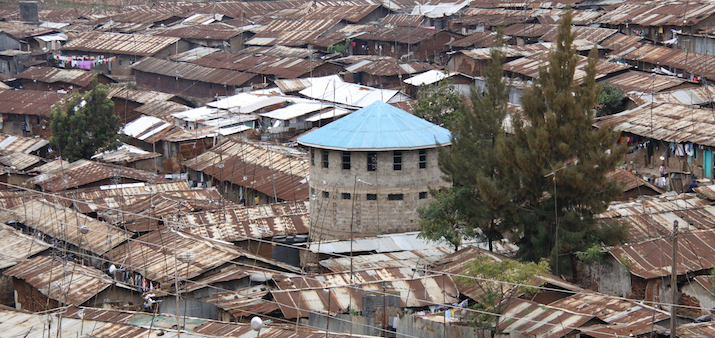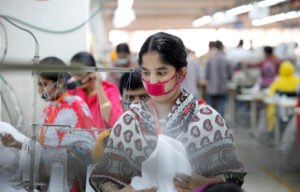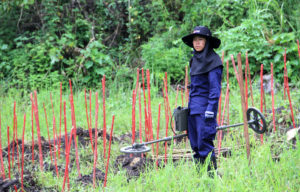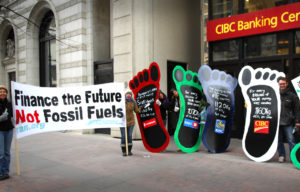
Cashless Toilets In Kenya’s Slum Prevents Theft
A clever debit card for toilets and showers solves the huge problem of theft in one of the biggest slum areas in Africa.
Share
Other categories
Region: Africa
Theme: Human Rights
Umande Trust, a partner of the Danish company, Vedvarende Energi, has introduced the electronic debit card at a series of biocentres in the neighbourhood of Kibera in Nairobi.
‘5.00 KES. Congratulations –payment accepted!’, it says on the smartphone screen.
Gladys Wacera from the Kenyan NGO Umande Trust has just demonstrated how the so-called Beba Card works. In return for an electronic payment of a very small amount we have gained access to a toilet at Tosha biocentre – one out of 60 biocentres in the slum area of Kibera in the Kenyan capital, Nairobi.
Money in circulation poses a risk
High technology is not usually associated with Kibera. The largest slum district in Africa struggles first and foremost to provide the most basic needs: there is no sewerage, and therefore the citizens of Kibera often use a plastic bag as a toilet and dump it in the river or on the roads, so diseases flourish.
Since there is only one toilet for every 500 citizens, there is a huge pressure on the city’s biocentres, which are three-storey buildings with toilets and showering facilities. Here the Beba Card solves a very serious problem connected with payment for using the toilets.
In Kenya, money can easily disappear due to theft, but also – and very often – due to corruption. Now, this risk has been drastically diminished. With a Beba Card, the citizens of Kibera do not have to carry shillings to pay for toilets. Instead they have to show their card to the staff at the bio centre who will scan the card with a smart phone. The balance on the card can be topped up electronically in Equity Bank or directly at the biocentre.
Prices adjusted according to the number of visitors at the biocentre
In addition to the toilets, showers are also available – with cold or hot water at two different prices. The prices are set according to ‘peak’ and ‘off-peak’ – that is periods with many visitors and periods with few.
‘We see how women and men use the facilities at different times during the day, so we have adjusted the prices according to that. For instance, women pay more in the morning than in the afternoon, when the women’s facilities are not that busy’, explains Gladys Wacera.








